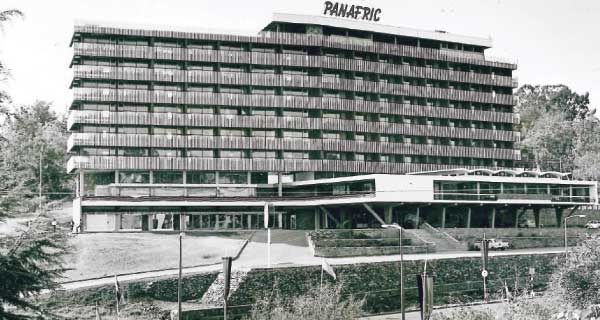×
The Standard e-Paper
Smart Minds Choose Us
 |
| The Panafric hotel . [PHOTOS: FILE/STANDARD] |
By PETER MUIRURI
As the country prepares to celebrate 50 years of independence in December, one hotel in the city is already cocking the champagne bottles this October.